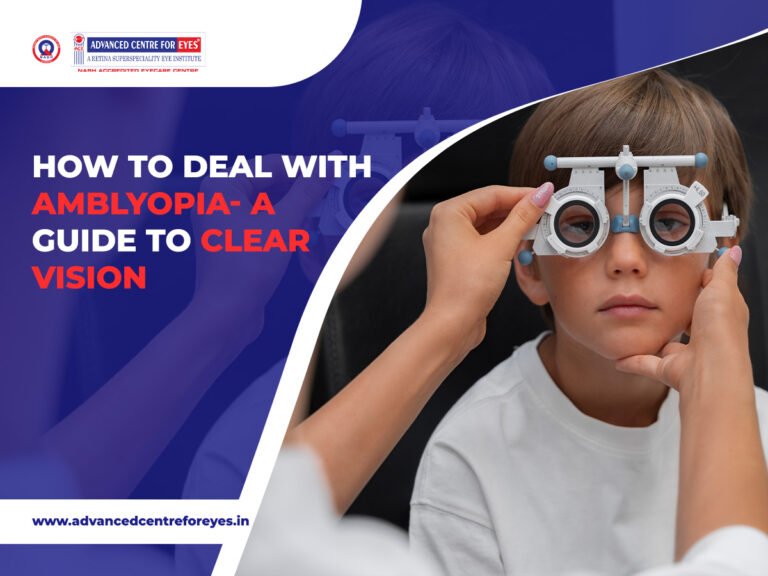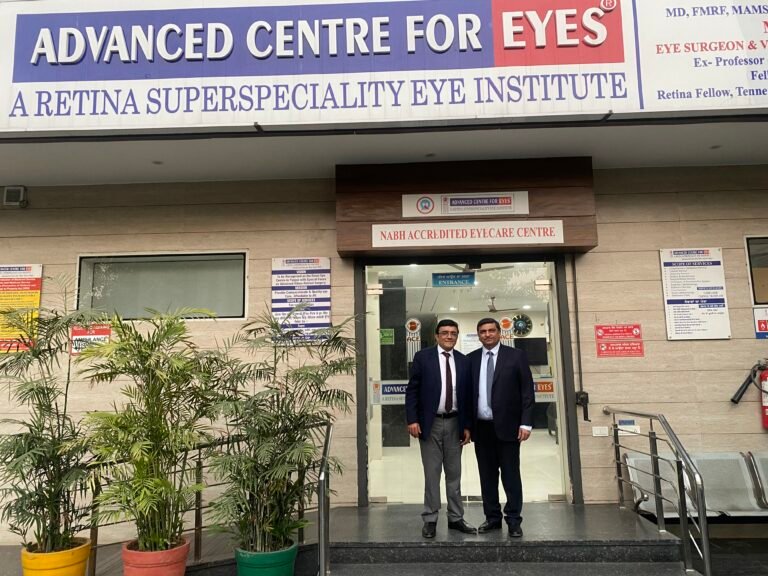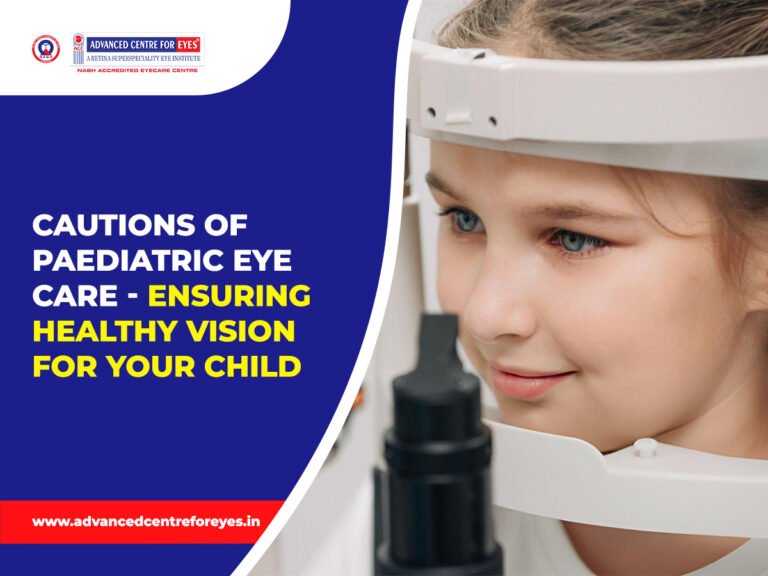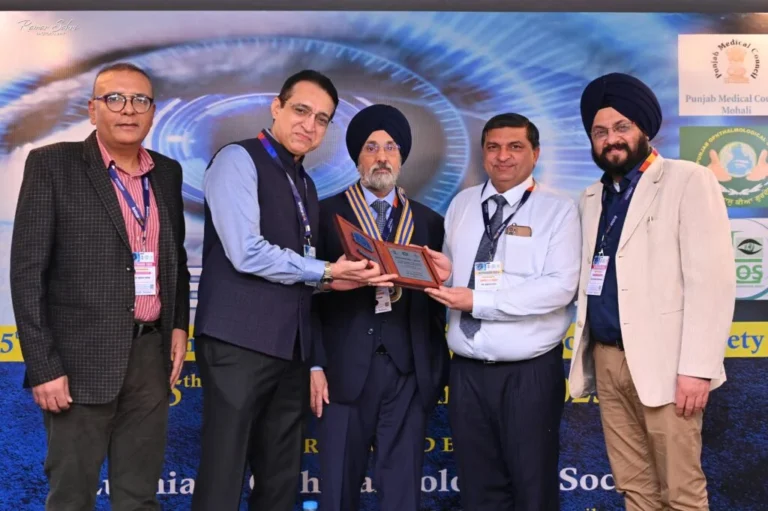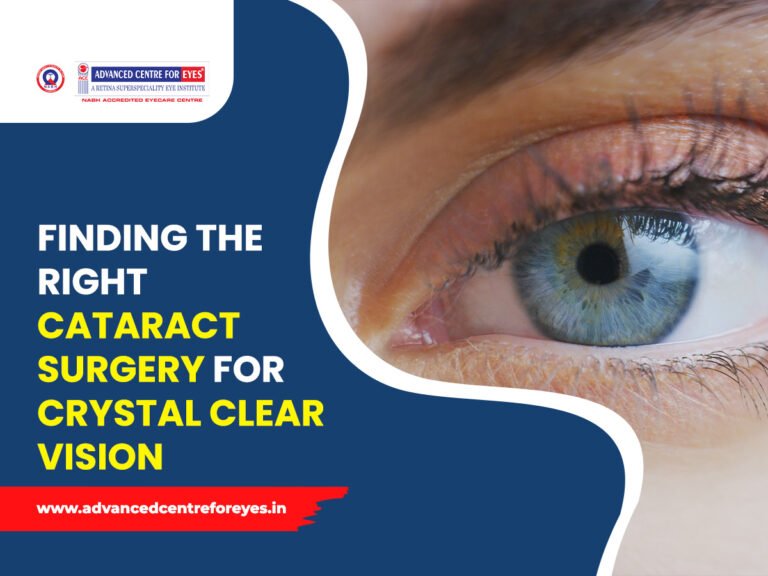How Eye Pressure is Measured?
Eye pressure measurement, also known as intraocular pressure (IOP) measurement, is a crucial test for maintaining eye health. It helps in the early detection of glaucoma, a condition that can lead to complex retinal detachment and vision loss if untreated. Regular eye exams at an eye hospital in Ludhiana or any other specialized facility are essential for diagnosing and managing eye conditions effectively. This article will explain in detail how eye pressure is measured, the methods used, and why it is important.
Understanding Eye Pressure
Intraocular pressure is the fluid pressure inside the eye. It is maintained by the balance between the production and drainage of the aqueous humor, a fluid that nourishes the eye and maintains its shape. Normal eye pressure ranges between 10 and 21 mm Hg (millimeters of mercury). Elevated eye pressure is a significant risk factor for glaucoma, a condition that can damage the optic nerve and lead to vision loss or complex retinal detachment.
Importance of Measuring Eye Pressure
Measuring eye pressure is vital for several reasons:
- Early Detection of Glaucoma: High intraocular pressure is a major risk factor for glaucoma. Early detection through regular eye exams can prevent irreversible damage to the optic nerve.
- Monitoring Eye Health: Regular measurement of eye pressure helps monitor overall eye health and detect any abnormalities.
- Preventing Vision Loss: Timely detection and treatment of high eye pressure can prevent vision loss and conditions like complex retinal detachment.
- Assessment of Treatment Effectiveness: For individuals already diagnosed with glaucoma or other eye conditions, regular eye pressure measurements help assess the effectiveness of treatments.
Methods of Measuring Eye Pressure
There are several methods to measure intraocular pressure. Each method has its advantages and specific uses.
1. Applanation Tonometry
Applanation tonometry is considered the gold standard for measuring intraocular pressure. This method involves flattening a small part of the cornea and measuring the force required to do so. The most common type of applanation tonometer is the Goldmann tonometer, typically found in an eye hospital in Ludhiana and other advanced eye care centers.
Procedure:
- The patient is seated at a slit lamp (a microscope with a light) with their chin resting on a support.
- A small amount of numbing eye drops is applied to the eye.
- A fluorescein dye is used to make the cornea more visible.
- The tonometer tip is gently placed on the cornea to flatten it, and the pressure is measured.
2. Non-Contact Tonometry (NCT)
Non-contact tonometry, also known as the “air puff” test, does not require physical contact with the eye, making it less invasive and more comfortable for the patient.
Procedure:
- The patient is seated with their head supported.
- The patient looks at a target light while a puff of air is directed at the cornea.
- The device measures the eye’s resistance to the puff of air to determine the intraocular pressure.
3. Rebound Tonometry
Rebound tonometry uses a small probe that gently touches the cornea. This method is quick and does not require numbing eye drops.
Procedure:
- The patient is seated and asked to look straight ahead.
- The handheld device bounces a small, lightweight probe off the cornea.
- The speed of the probe’s rebound is used to calculate the eye pressure.
4. Indentation Tonometry
Indentation tonometry, also known as Schiötz tonometry, measures the depth of indentation made on the cornea by a given weight. This method is less commonly used today but can still be found in some settings.
Procedure:
- The patient lies down, and numbing eye drops are applied.
- A weighted plunger is placed on the cornea.
- The depth of indentation is measured, and the intraocular pressure is calculated using a conversion table.
5. Dynamic Contour Tonometry
Dynamic contour tonometry provides a continuous measurement of intraocular pressure, offering more detailed information about the eye’s pressure dynamics.
Procedure:
- The patient is seated at a slit lamp.
- A contour-matching sensor tip is placed on the cornea.
- The device records continuous pressure measurements.
Choosing the Right Method
The choice of method depends on several factors, including the patient’s comfort, the accuracy required, and the specific circumstances of the eye exam. An eye hospital in Ludhiana equipped with advanced technology can offer various methods to suit individual needs.
Factors Influencing Eye Pressure Measurements
Several factors can influence eye pressure measurements, and it is essential to consider them for accurate results:
- Time of Day: Eye pressure can vary throughout the day, often being higher in the morning.
- Corneal Thickness: Thicker corneas can result in higher pressure readings, while thinner corneas can show lower readings.
- Patient’s Posture: Lying down can increase eye pressure compared to sitting up.
- Recent Eye Surgery or Injury: These can affect the accuracy of pressure measurements.
Importance of Regular Eye Exams
Regular eye exams are crucial for maintaining eye health and preventing conditions like glaucoma and complex retinal detachment. An eye hospital in Ludhiana or any reputable eye care facility can provide comprehensive eye exams, including eye pressure measurement.
What to Expect During an Eye Exam
During a comprehensive eye exam, the ophthalmologist will:
- Review your medical history and any symptoms.
- Measure your visual acuity (sharpness of vision).
- Examine the health of your eyes using various tools and tests.
- Measure your intraocular pressure.
- Discuss any findings and recommend treatment or follow-up if necessary.
When to Have Your Eyes Checked
It is recommended to have regular eye exams:
- Adults (ages 20-39): Every 2-4 years.
- Adults (ages 40-64): Every 2-4 years.
- Adults (65 and older): Every 1-2 years.
- High-Risk Groups: People with a family history of glaucoma, diabetes, or other risk factors should have more frequent exams.
Preventing and Managing High Eye Pressure
Maintaining normal eye pressure is essential for preventing glaucoma and complex retinal detachment. Here are some tips for preventing and managing high eye pressure:
1. Regular Eye Exams
Regular eye exams at an eye hospital in Ludhiana or a trusted eye care provider help detect and manage high eye pressure early.
2. Medications
If diagnosed with high eye pressure or glaucoma, medications such as eye drops can help reduce pressure.
3. Healthy Lifestyle
Maintaining a healthy lifestyle can also help keep your eye pressure in check:
- Exercise Regularly: Physical activity can help reduce eye pressure.
- Healthy Diet: Eating a diet rich in fruits, vegetables, and omega-3 fatty acids can promote eye health.
- Avoid Smoking: Smoking can increase the risk of eye diseases, including glaucoma.
- Limit Caffeine: High caffeine intake can temporarily increase eye pressure.
4. Follow Your Doctor’s Advice
Adhering to your doctor’s recommendations and treatment plans is crucial for managing high eye pressure and preventing complications.
Conclusion
Measuring eye pressure is a vital part of maintaining eye health and preventing serious conditions like glaucoma and complex retinal detachment. Regular eye exams at an eye hospital in Ludhiana or any reputable eye care center can ensure early detection and effective management of eye conditions. Understanding the methods of measuring eye pressure and the importance of regular check-ups can help you take proactive steps towards preserving your vision and overall eye health.


